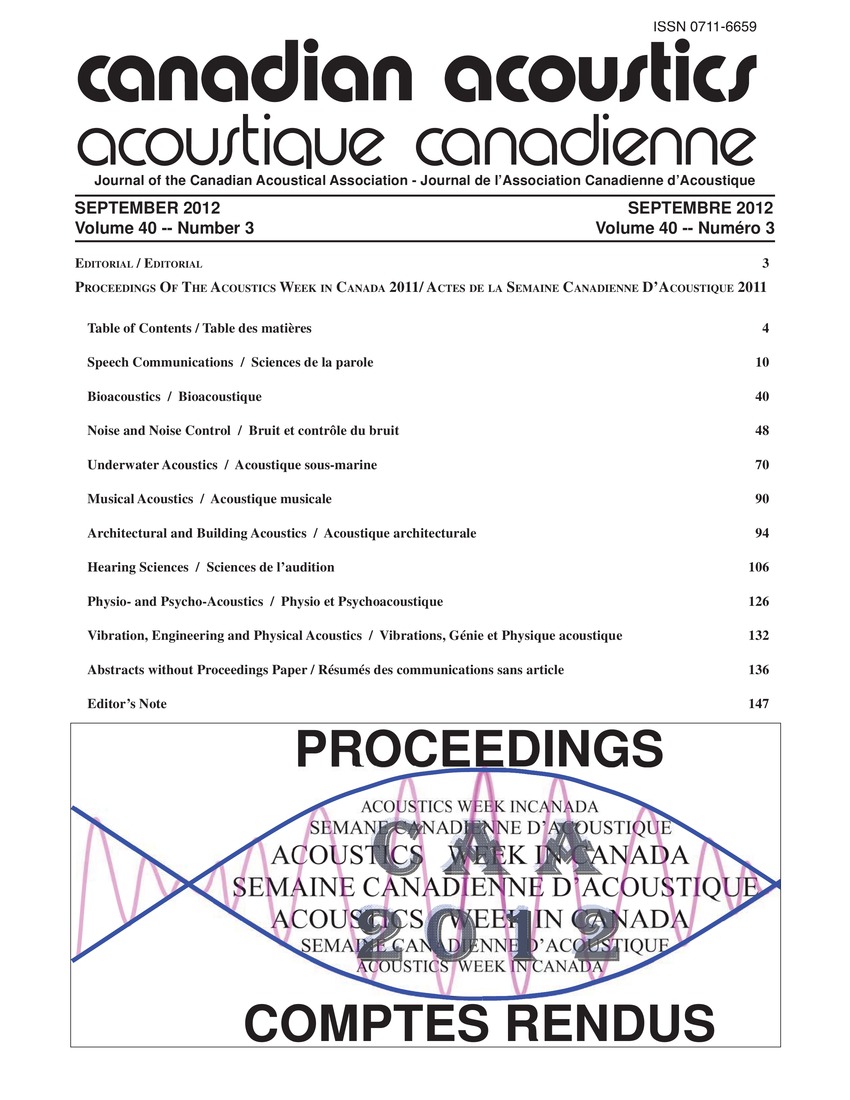Predicting accentedness: Acoustic measurements of chinese-accented english
Keywords:
Acoustic measurements, Acoustic targets, Formant values, Non-native, Ordinary least squares, Voice onset time, Vowel spaceAbstract
Listeners perceive foreign-accented speech as different from native speech because it deviates from native speaker acoustic targets. These deviations may occur across many acoustic dimensions such as word duration, vowel duration, vowel formant values, and voice onset time. Accentedness ratings were modeled using ordinary least squares linear regression performed in R using the rms package. Prior to analysis, formant values were log transformed and plotted revealing considerable variation in vowel space. The vowel-to-word ratio was calculated by dividing the vowel duration of a word by the total duration of that word. If accentedness is a result of non-native productions approaching to varying degrees native-like acoustic targets, quantifying the distance from the native speaker norm allows examination of how variation along different variables affects perceived accentedness.Additional Files
Published
How to Cite
Issue
Section
License
Author Licensing Addendum
This Licensing Addendum ("Addendum") is entered into between the undersigned Author(s) and Canadian Acoustics journal published by the Canadian Acoustical Association (hereinafter referred to as the "Publisher"). The Author(s) and the Publisher agree as follows:
-
Retained Rights: The Author(s) retain(s) the following rights:
- The right to reproduce, distribute, and publicly display the Work on the Author's personal website or the website of the Author's institution.
- The right to use the Work in the Author's teaching activities and presentations.
- The right to include the Work in a compilation for the Author's personal use, not for sale.
-
Grant of License: The Author(s) grant(s) to the Publisher a worldwide exclusive license to publish, reproduce, distribute, and display the Work in Canadian Acoustics and any other formats and media deemed appropriate by the Publisher.
-
Attribution: The Publisher agrees to include proper attribution to the Author(s) in all publications and reproductions of the Work.
-
No Conflict: This Addendum is intended to be in harmony with, and not in conflict with, the terms and conditions of the original agreement entered into between the Author(s) and the Publisher.
-
Copyright Clause: Copyright on articles is held by the Author(s). The corresponding Author has the right to grant on behalf of all Authors and does grant on behalf of all Authors, a worldwide exclusive license to the Publisher and its licensees in perpetuity, in all forms, formats, and media (whether known now or created in the future), including but not limited to the rights to publish, reproduce, distribute, display, store, translate, create adaptations, reprints, include within collections, and create summaries, extracts, and/or abstracts of the Contribution.


